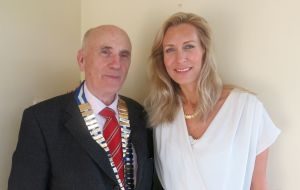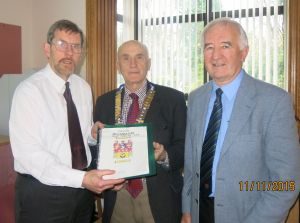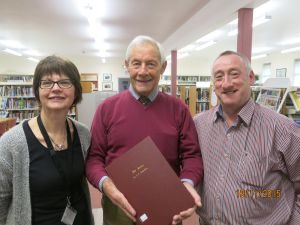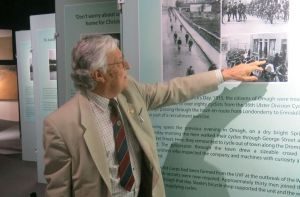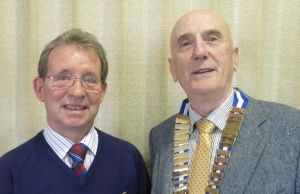Wednesday 25 November 2015: Michael McCrossan: Progress report new Omagh Hospital
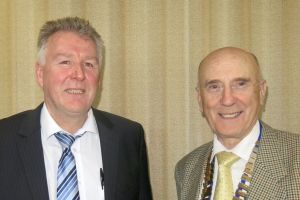
Mr McCrossan had been invited to provide members with a progress report on the “New Hospital” to be called the Omagh Hospital and Primary Care Complex. He explained that the name had been chosen to reflect the fact that new facility would bring together on one site the County Hospital, Omagh Health Centre, Children’s Services and other local primary care providers. Construction work was well advanced with completion expected by December 2016 and the first patients through the doors in March 2017. Using architects’ plans and artists’ impressions to illustrate his talk, Mr McCrossan showed that GP Practices would be on the ground floor near reception. The complex also includes 40 en suite in-patient single rooms, 30 of which would be for intermediate care and 10 for palliative care. In all the building will have some 990 rooms, a total which includes 100 consulting rooms, 26 renal stations, various offices, stores and kitchens, as well as a Pharmacy, a Prayer Room and Mortuary. Outside there will be parking for 863 cars, with charges for the car parks closest to the main entrance. In the discussion which followed Mr McCrossan was asked about Cardiac Services, Mental Health Services, Audiology services, Ambulance Services, and so on, leaving members feeling that the new complex will be a great asset in the community. The vote of thanks on behalf of the Club was given by Eric Bullick.
